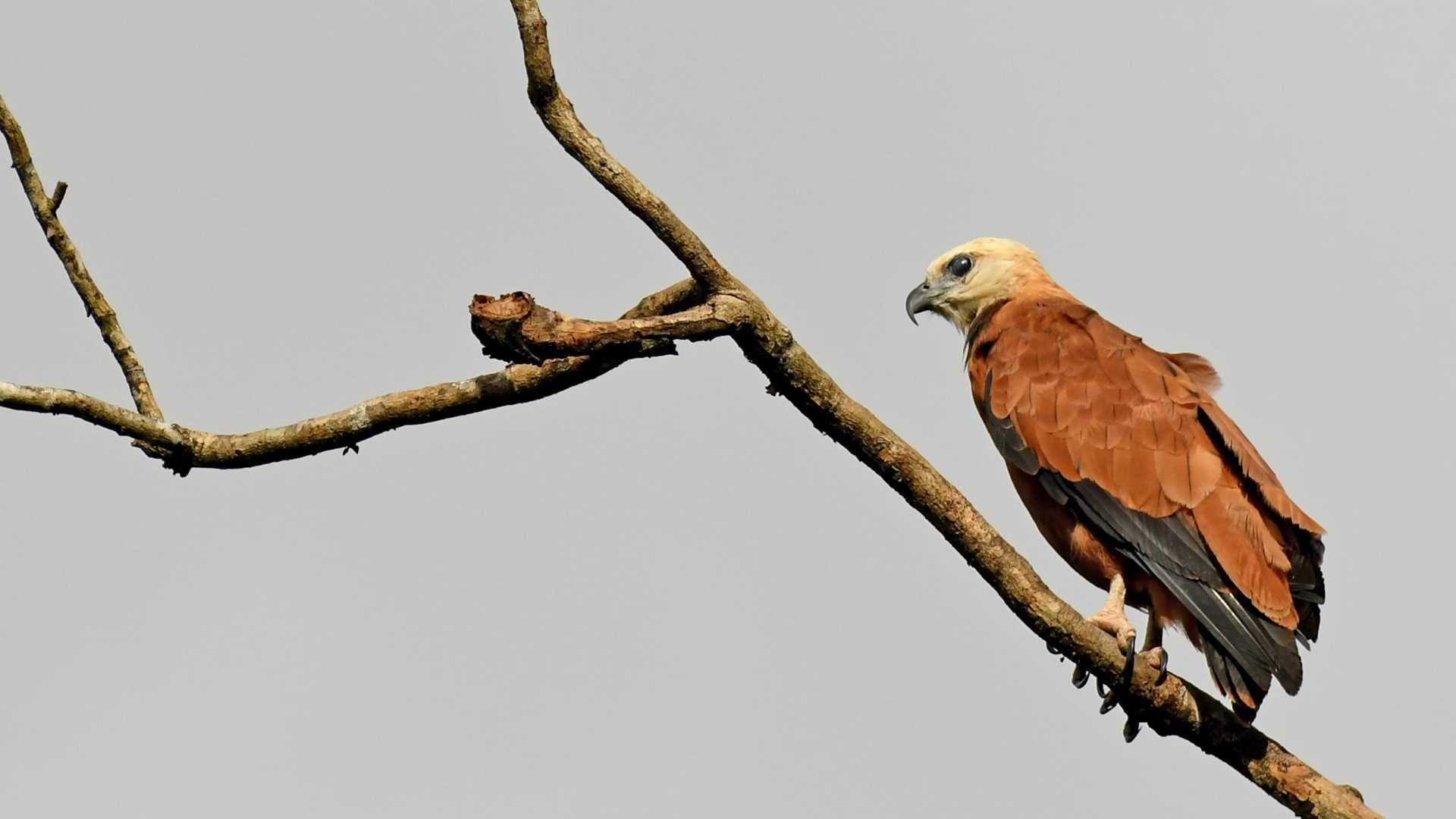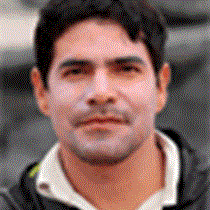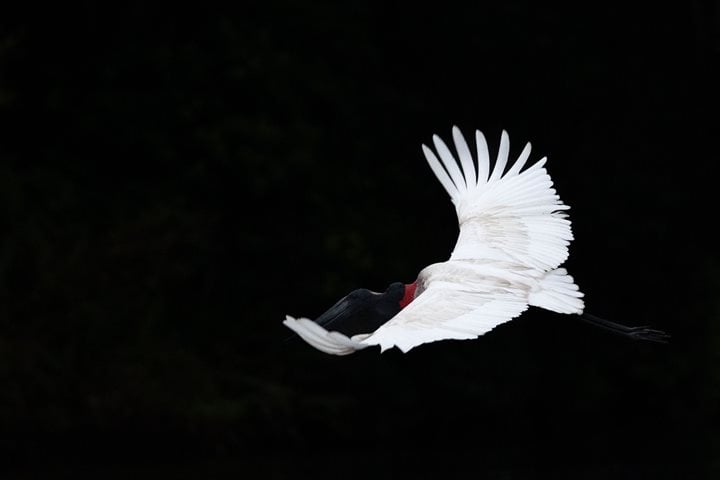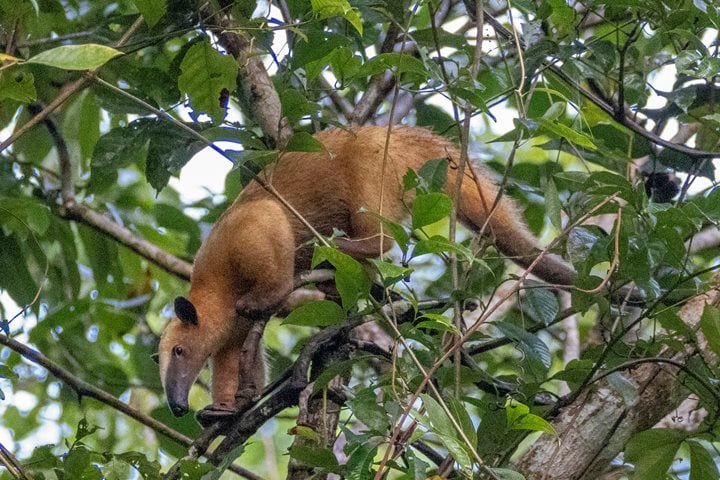This is our first full day exploring the Pacaya-Samiria Reserve, in the Upper Amazon of Peru. Three main rivers converge in this vast green macro-planet of incredible wildlife and millions of microorganisms: the Marañon, the Ucayali and the Amazon Rivers. These rivers, and thousands of smaller ones and creeks, form the Amazon, a complex ecosystem that begins at the Andes mountain range of Colombia, Peru, Ecuador, Bolivia, and Venezuela. The wildlife here is amazing, and the biodiversity is the highest of earth. Animals migrate from one place to another according how the rivers move, as well as the weather conditions. Plants grow and then die, the river takes patches of trees and vegetation to the Atlantic Ocean, and this also helps dispersion of seeds and creatures.
This morning we are at the Marañon River, and we are exploring part of this huge ecosystem. We disembarked to walk at Casual Forest. Some local “comuneros” helped us in finding creatures of the jungle; they are experts in finding frogs that are smaller than a fingernail, snakes that camouflage so well that they look like tree veins, and some other creatures, like ants, that are bigger here than any I’ve seen in my life. Our expert naturalist guides know each tree and plant and they explain to us their uses as medicine to cure diseases, disinfect wounds, or as an anti-parasitic for their health.
After the walk we came back to our ship and moved somewhat nearby, motoring three hours to get to the Yanayacu River. Yanayacu means black water, and here we clearly see the combining of two rivers: the brown muddy water and the black water that comes from the highlands, bringing vast amounts of nutrients and minerals from volcanoes. This is also a favorite spot to see pink and great dolphins, and indeed we saw plenty of them!
At 4:00 p.m. we began a wildlife skiff exploration. Every time you go out, you don’t know what to expect, and it makes the journey very exciting when you see a very close group of monkeys, like we did today! They move pretty fast along the trees, but we are lucky and from time to time they came close and stayed very quiet and curious while observing us. We also found many types of hawks, herons, egrets, terns, and small birds like tanagers, and seedeaters. At the end of the river is a big lagoon where the horn screamers normally nest, and we saw two of them nesting on bushes. They are known as the “unicorn birds” because they have a little “horn-crests” on their heads. On our way back, the rain came. It produced lightning and thunder, but it was beautiful because an astonishing rainbow was formed up in the sky, and it was a great finale for a magical day in the jungle of Peru.







